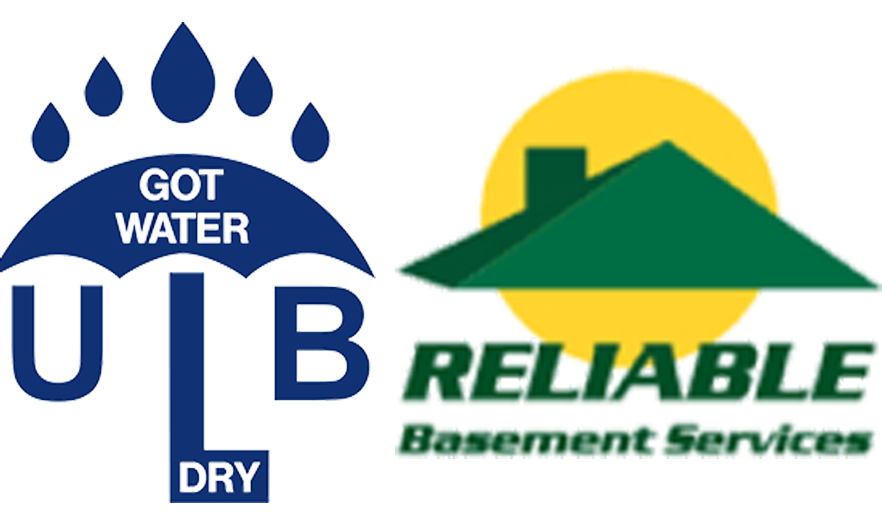
Moisture can find its way into your basement via a number of avenues. However, the most common way that basement moisture presents itself is through foundation cracks. If you want to maintain a dry basement, it’s important that you keep your home’s foundation intact.
To do this, of course, it’s important to first understand the causes of foundation cracks. Fortunately, we can help you with that matter. Without further ado, here are the most common causes of foundation cracks in Northfield, Illinois.
Soil Shifting
As time passes, the soil around a home can shift. There’s nothing you can do to stop this — it’s a natural geological phenomenon. The problem, unfortunately, is that it can have some negative consequences for a home’s foundation.
The key to limiting the effects of soil shifting is to properly prepare the soil prior to building the home. Unfortunately, if the soil wasn’t properly prepared, you’re most likely going to have to deal with the effects for the rest of the time you spend in the home.
It’s best to be prepared, because there’s a very good chance that soil shifting will affect your home in some manner. It could result in minor foundation cracks, or it could result in major ones. Regardless, foundation crack repair will probably be needed at some point.
Hydrostatic Pressure
Hydrostatic pressure is the phrase that’s used to describe the force of water that pushes itself against the foundation of a house. Controlled by gravity, the extent of this pressure is directly correlated with the amount of water that collects in the ground. The more saturated the ground becomes, the more pressure a foundation will feel.
In the short-term, hydrostatic pressure will have no effect on a foundation. It will remain intact. Over time, however, the foundation will start to give away, eventually resulting in cracks. Then, once these cracks have formed, they will allow groundwater to seep through them, which causes the cracks to grow even larger.
As such, one of the primary goals of basement waterproofing is to reduce the hydrostatic pressure around a basement. This can be done through the use of a number of entities, including downspout extensions, drain tiles, and even grading the yard.
Poor Drainage
Why does hydrostatic pressure present itself around a basement in the first place? In most cases, it’s because of poor drainage practices. If your home’s drainage system fails to carry water away from the foundation, water can start to pool around the base of your home.
For this reason, many Northfield homeowners take great measures to improve the drainage systems on their property by implement not only a drain tile system, but french drains and a sump pump as well. The more evenly you can distribute groundwater throughout your property, the fewer foundation cracks you’ll deal with.
Tree Roots
Do you have trees that are close to your home? If so, there’s a chance that their roots could grow into the side of your home’s foundation. Should this happen, they could start to push against your foundation, resulting in cracking.
There’s only one fix to this problem: have the tree removed. Until then, those roots will continue to grow and wreak havoc on your foundation.
Need Foundation Crack Repair or Basement Waterproofing in Northfield, Illinois?
Are there cracks in your foundation? Are you hoping to have them repaired? If so, and if you’re looking for foundation crack repair services and basement waterproofing in Northfield, specifically, ULB-Dry Waterproofing can help.
Our team has fixed thousands of foundation cracks throughout the Northfield area, helping homeowners to maintain dry and structurally sound basements. Contact us today to schedule an appointment!





